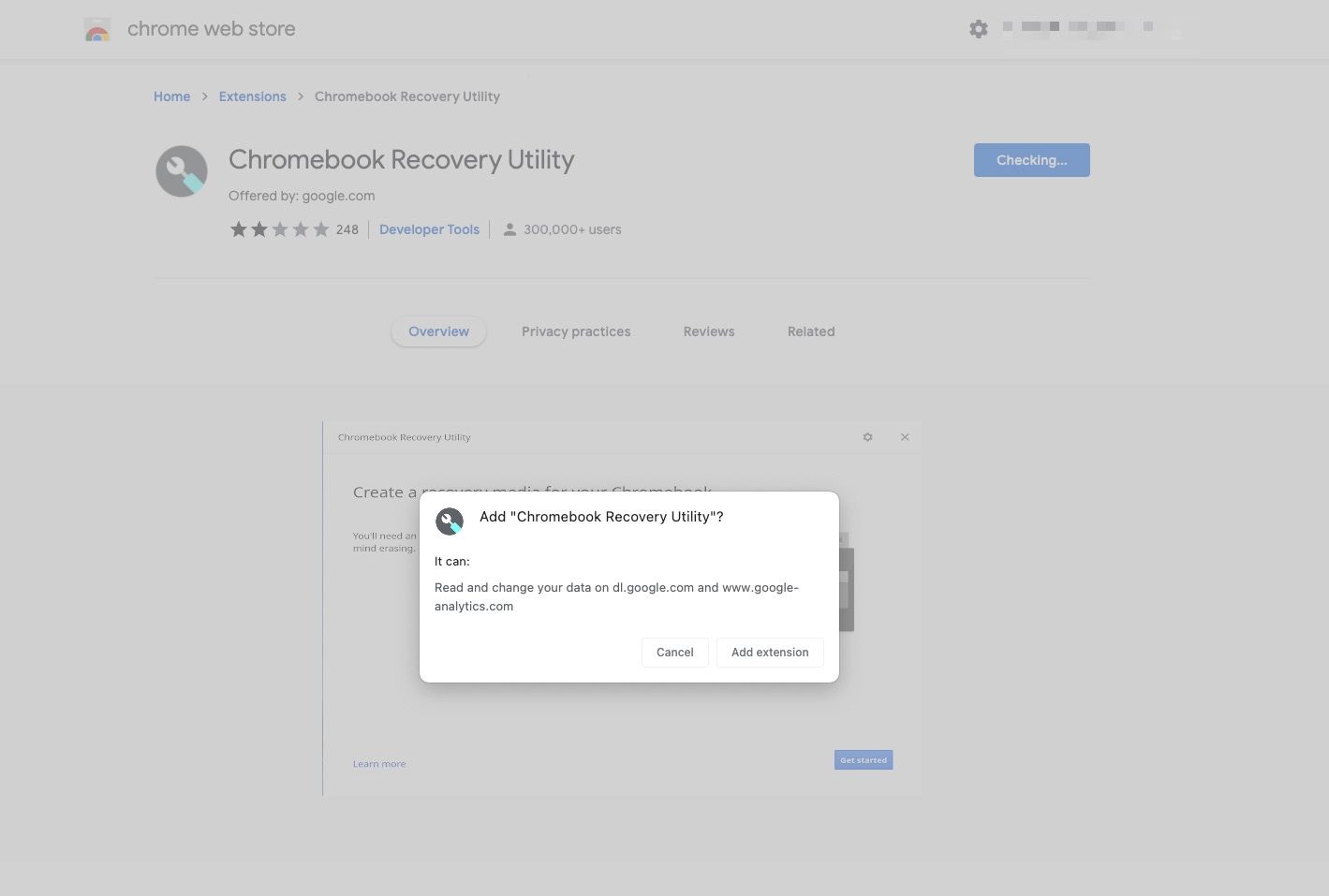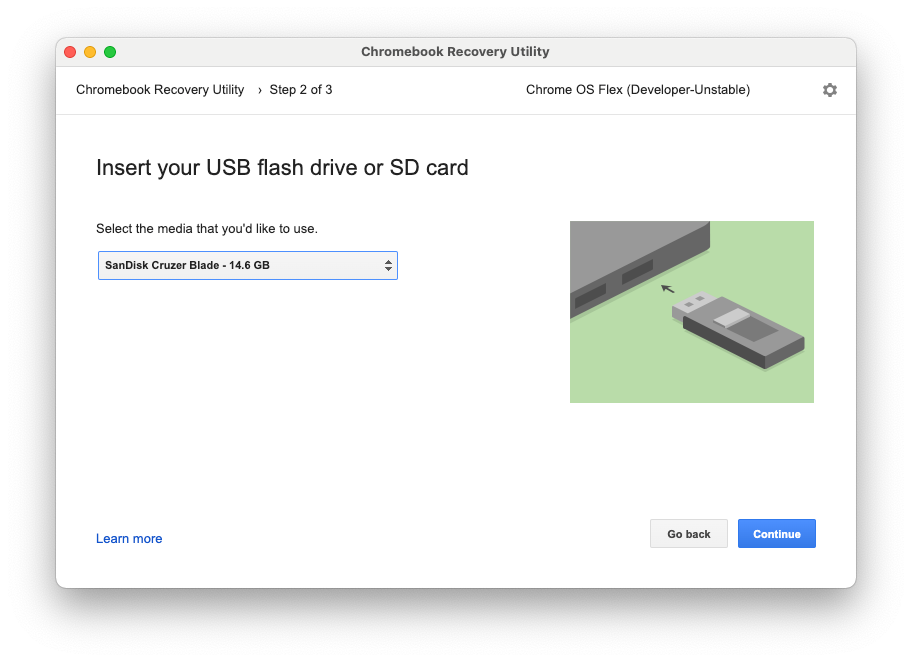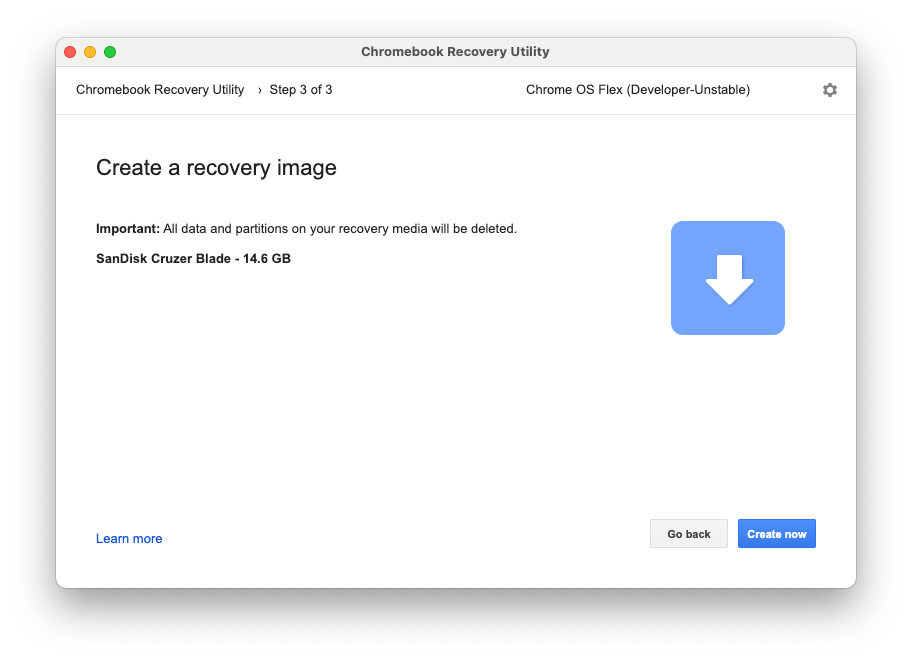Do you have a sluggish laptop that no longer receives Windows or macOS updates? Before disposing of it, breathe new life into it with ChromeOS Flex, a version of ChromeOS that runs on older PCs and Windows and Mac laptops. With ChromeOS Flex, you can enjoy the key features of the best Chromebooks without spending too much.
What is ChromeOS Flex?
Google acquired the company behind CloudReady in 2020. CloudReady allowed installing ChromeOS on non-certified devices. Building on its acquisition, Google announced ChromeOS Flex in 2022, a successor to CloudReady, to make old Windows laptops and MacBooks usable again.
ChromeOS Flex is free to download and use. It is primarily meant for older PCs, laptops, and MacBooks used by businesses and schools that are now too slow to run Windows or macOS properly. The OS promises faster boot times, a reliable experience, background updates, and more. Google aims to reduce e-waste and extend the lifespan of old PCs with ChromeOS Flex.
How do ChromeOS and ChromeOS Flex differ?
ChromeOS and ChromeOS Flex share the same foundation. However, there are a few differences that you should be mindful of before you install ChromeOS Flex on your old laptop.
ChromeOS only runs on certified hardware. ChromeOS Flex runs on a range of older hardware. Chromebooks also benefit from Google's Titan C security chip and provide a verified boot to prevent tampering with system files.
Since older PCs do not have a Trusted Platform Module (TPM), ChromeOS Flex cannot provide hardware-level encryption. The data is encrypted, but the encryption keys are not protected at a hardware level. This means it's possible to bypass this encryption with the right set of tools. Google supports TPM encryption in laptops and PCs certified by it on ChromeOS Flex.
ChromeOS Flex doesn't have Google Play access and does not support running Android apps. PCs running ChromeOS Flex cannot run Windows virtual machines using Parallels Desktop. Lastly, support for the Linux development environment in ChromeOS Flex depends on your PC and whether Google certified it.
When it makes sense to update your computer with ChromeOS
If you have old PCs and laptops that are too slow to use, consider installing ChromeOS Flex. They are ideal for large enterprises and educational institutions with old computers that can't handle the workload.
For enterprises, Google provides Chrome Enterprise Upgrade to remotely manage all ChromeOS Flex-running PCs. You can remotely wipe them, control their updates, tweak system settings, and more. This is a paid service, and a 30-day free trial is available.
Google claims enterprises can get up to a 295% return on their investment with Chromebooks and save three hours per device per worker over a three-year period. If your company cannot afford to switch to Chromebooks at once due to the size of the investment, ChromeOS Flex is a viable solution as it works on existing hardware.
Google maintains a list of certified models for ChromeOS Flex along with their End of Support year. This is a great way to know how well the OS can perform on your old PC and whether you could encounter problems. If the list says you might run into significant issues with ChromeOS Flex on your computer, it may be best to put off the installation.
Google guarantees audio input/output, video output, network, touchpad, sleep, System UI and graphics, and webcam functionality on certified devices.
Google does not guarantee that installing ChromeOS Flex will make your old PC run as fast as a Chromebook. Your PC's specs and other factors determine ChromeOS Flex's boot speed, power savings, and battery life improvements.
How frequently is ChromeOS Flex updated?
ChromeOS Flex is on the same update cycle as ChromeOS. You'll receive an OS update about every four weeks, while minor security fixes are available once every couple of weeks.
Google rolls out ChromeOS Flex updates in stages, so they might not be instantly available for your PC. Typically, updates take anywhere from a week to two weeks to reach all users. You can manually pull the latest ChromeOS Flex release if you don't want to wait.
Google provides Smart Update Filtering to ensure an update is compatible with the hardware. If the update server detects hardware components in your PC that could have issues with the latest ChromeOS Flex release, the update may not happen as usual. However, the filtering usually only works for critical issues that could prevent your PC from booting or cause graphics or internet connectivity issues.
All the things you need to download ChromeOS Flex
Before you begin the process, have the following on hand to ensure easy and quick installation:
- A PC, Windows laptop, or Mac that you can download ChromeOS Flex on.
- A USB drive to download the ChromeOS Flex installation media. Make sure it has sufficient storage space of at least 8 GB.
- A stable and reliable internet connection is crucial for downloading ChromeOS Flex and any updates or drivers you might need during the installation.
- A spare PC or laptop to download the ChromeOS Flex operating system and create a bootable USB installer.
Install Chromebook Recovery Utility
Before you begin the installation process, install Chromebook Recovery Utility, which helps you install ChromeOS Flex on your device. Here's what you'll do:
- Open Google Chrome on your Windows, Mac, or Chromebook.
- Go to the Chrome Web Store.
- Install the Chromebook Recovery Utility by clicking the Add to Chrome button.
-
Select Add extension from the dialog box that pops up.
- The Chrome Web Store adds the utility to its add-ons. You can verify this by navigating to Settings and selecting Extensions from the left pane.
How to create a bootable ChromeOS Flex installation drive
You can now use the Chromebook Recovery Utility to create a bootable ChromeOS Flex USB drive for the installation.
- Plug the storage drive into your PC.
- Click and launch the Chromebook Recovery Utility Extension from the Chrome Extension panel. The panel is in the upper-right corner, next to the URL bar.
- Click Get Started in the dialog box that pops up.
- When prompted to enter your Chromebook model, click Select a model from a list.
- Select Google ChromeOS Flex under manufacturer and ChromeOS Flex from the product list.
- Click Continue to go to the next step.
-
Select the USB drive from the drop-down menu.
- Select Continue.
-
Confirm that you've chosen the correct drive, and click Create Now to build the installation drive.
- You may see a prompt to enter your PC's password or grant the necessary permission.
- After the process is complete, remove the USB drive from the PC. Depending on your internet connection and the USB drive read/write speeds, this process can take a while. You can also use a speedy external SSD to speed up the installation process.
How to install ChromeOS Flex on your old laptop or MacBook
After creating the bootable USB, head over to your old PC or MacBook on which you want to install ChromeOS Flex. If you aren't ready to install ChromeOS Flex on your devices, you can use it when needed by accessing the files on the USB installer.
Here's what you'll do to install ChromeOS Flex on your device:
- Insert the USB drive into a spare USB slot, and power on your computer to begin the process. Depending on the machine's age, you might need to go to the BIOS settings.
- When you see the Welcome to ChromeOS Flex screen, select Get Started.
- On the Start using ChromeOS Flex screen, select Try it first.
- Follow the on-screen instructions.
- Sign in to your device.
Hold down the Option key on a Mac after pressing the power button to bring up the boot manager. Select ChromeOS Flex from the boot menu to proceed with the installation.
Installing ChromeOS Flex on your device permanently erases all the data on the device, so back up all your data.
After exploring the interface, follow these steps to install ChromeOS Flex:
- Sign out of your device.
- Select Install ChromeOS Flex at the bottom of the sign-in screen.
- Review the on-screen warning about erasing data.
- Select Install ChromeOS Flex to go ahead with the process.
- Your device turns off automatically after the installation is complete.
- When the device is off, remove the USB installer.
After the reboot, follow the on-screen instructions to set up ChromeOS Flex. Connect your PC or laptop to the internet during setup and log in to your Google account to sync your files and photos. If you want to reuse the USB drive that contains the ChromeOS Flex installation files, format it.
Benefits of installing ChromeOS Flex
While installing ChromeOS Flex on your laptop can bring an old PC or laptop back to life, there are other benefits.
Familiarity
ChromeOS Flex is easy to get accustomed to if you've used Google Workspace or browsed on a Chrome browser.
Better productivity
ChromeOS Flex is faster and more efficient, which helps even older devices boot quicker. This can boost your productivity.
Security
ChromeOS Flex includes features like automatic updates and sandboxing to protect your device against cyber threats. If your current device no longer receives security patches, ChromeOS Flex can provide a layer of protection.
Cost-effective
Transitioning to ChromeOS Flex is more cost-effective than purchasing a new Chromebook.
Give ChromeOS Flex a try on your old PC
If you have an old PC or laptop, installing ChromeOS Flex on it could be a great way to extend its life. You don't need a Windows or Mac PC for a ChromeOS Flex installation. If you have an older Chromebook that no longer receives support or updates, install ChromeOS Flex on your device to update it. After updating your old computer with ChromeOS Flex, learn about our top ChromeOS tips and tricks and become a power user.





